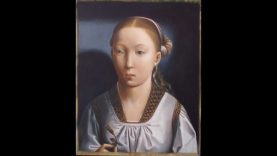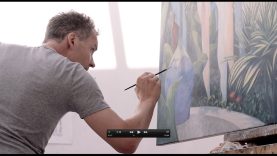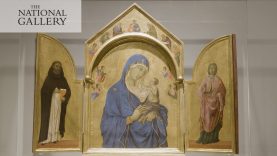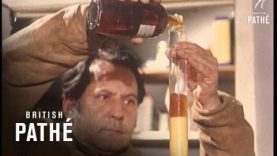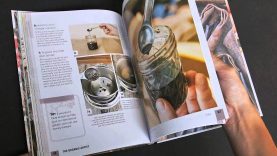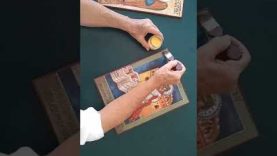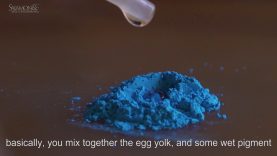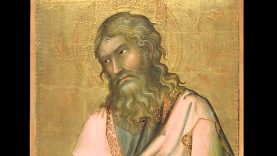Egg Tempera in Art History With Doug Safranek
November 17, 2016
For the first 1500 years of the Common Era, egg yolk thinned with water was the principal binder for paint in western art. With the introduction of linseed oil based mediums at the beginning of the 15th century, however, egg tempera quickly lost its popularity and was largely replaced by these new oil paints. While it’s been much less utilized as a medium since the Florentine Renaissance, egg tempera never completely disappeared from western art. It experienced a major revival during the 20th century with magic realist figurative painters, and today it continues to attract a growing number of artists who are drawn to its luminous surfaces and its clean, eco-friendly properties.
Doug Safranek received a B.A. in French literature from Boston College, and a M.F.A. from The University of Wisconsin where he was introduced to egg tempera painting by artist and art historian James Watrous. His work is in a number of public and private collections including The Frye Art Museum, The Norton Museum of Art, The Arkansas Art Center, and The Metropolitan Museum of Art. Safranek is represented by the ACA Galleries in Chelsea.



